5 Steps to Find and Fix Chimney Troubles in an Older Home
Topic:
Home Maintenance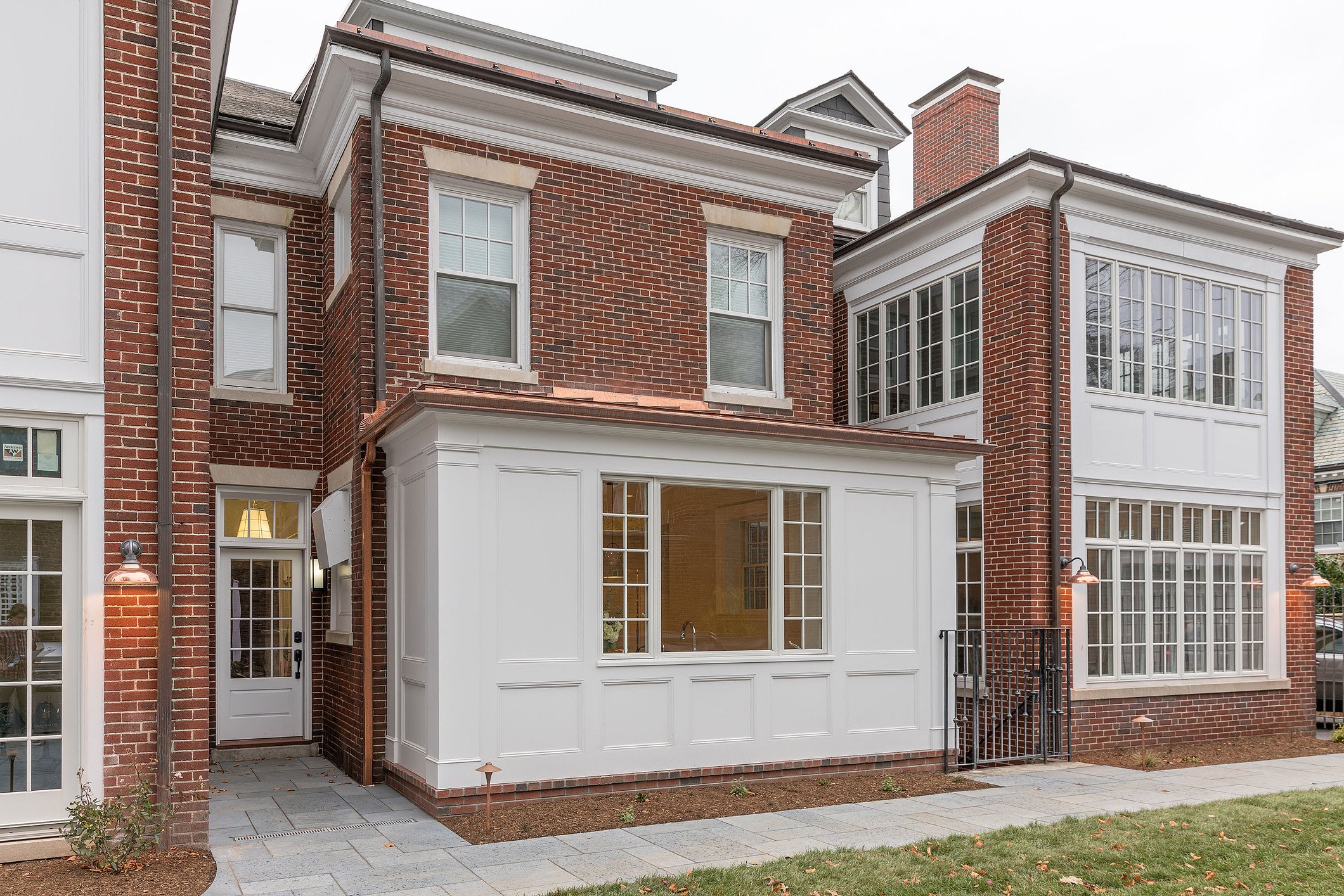
You stroll the back patio with a cup of coffee, breathing in the morning air, minding your own business when you look up at the roofline and see it — again! Loose bricks and staining on the chimney, and why is there a big gap in the flashing? Many homeowners also notice water stains and bubbling of drywall around the chimney hearth on the inside of the home. Water penetration on the inside of the home is sure to get everyone's attention.
Where is a young Dick Van Dyke with a bad cockney accent when you need him? Fortunately, there are better ways to troubleshoot your chimney than seeking the help of Mary Poppins' dear friend.
When we work on older homes, we notice one place that often gets ignored until it is too late is the chimney and surrounding areas of the home. A chimney that falls into disrepair and incorrect or broken flashing can be unattractive and downright dangerous. Knowing what to look for and how to repair it can save time and headaches while preventing the problems from getting worse.
As we consult with homeowners, here are the 5 steps to discover and plan repairs to damage in an older home related to the chimney and surrounding affected areas.

Step #1: Check the Condition of Brick
A pair of binoculars will come in handy as you make a visual inspection of the chimney at the roofline. Look for loose brick, missing mortar, and loose or missing flashing. Look also for stains or discoloration on the bricks. Next, head up into the attic to look for discoloration on the bricks there, if they are visible, and staining on the walls around the chimney. Follow the chimney down from the second floor, first floor, and then the basement, looking especially for discoloration and signs of water damage.
Another thing to be aware of, there are two types of brick that your chimney might be made of: standard brick and water-struck brick. Water-struck brick is unique to New England homes. The manufacturing process and the alluvial clay prevalent throughout New England make the bricks resistant to water. Standard brick is porous to water.
During periods of consistently damp weather, standard brick can absorb an enormous amount of water which can leak back into the home. If the chimney is not constructed from water-struck brick, it will need a seal coat to protect it from the weather. Sealant can then be re-applied (two coats is best) whenever you paint the exterior of your home.
One more thing to look at on the exterior brick is the condition of the cheek. Where the base of the chimney widens out, typically near the first floor ceiling line is called the cheek. This is another point where inclement weather has a weakness to take advantage of. Consider topping this area with slate, which is more durable and offers fewer points where water infiltration can happen.
Step #2: Look for Gaps
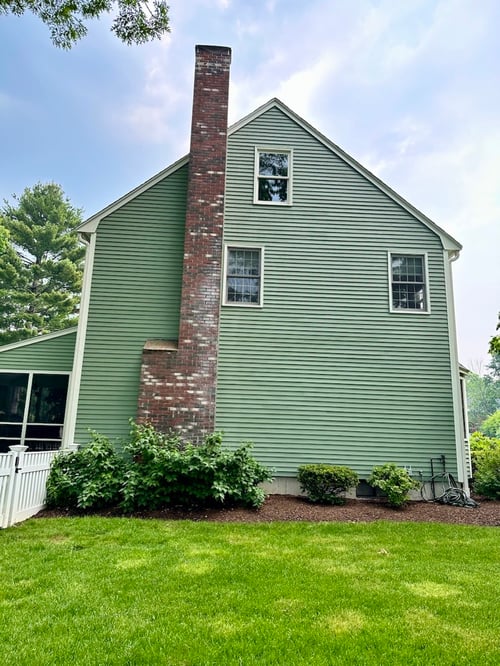 The condition of the brickwork is one measure of the health of your chimney. Another thing you as a homeowner should be looking for is gaps between the chimney and the roofline and the side walls of the home where the chimney runs.
The condition of the brickwork is one measure of the health of your chimney. Another thing you as a homeowner should be looking for is gaps between the chimney and the roofline and the side walls of the home where the chimney runs.
Being out of plumb — not being at 90 degrees vertically — affects everything, including the chimney while creating an opportunity for rain water to penetrate between the chimney and the home especially during nasty New England Nor'easters. Older homes are notorious for having walls and floors out of plumb, which brings the chimney out of plumb. Even if the chimney was plumb as it was built, it might fall out of plumb as the home settles. This can cause a gap between the chimney brick and the material used to sheath the home, providing another avenue for moisture infiltration.
Chimneys are secured to the structure utilizing brick ties. Brick ties are galvanized metal strips that are embedded in the brick mortar joints and then secured to the sheathing of the structure. This keeps the brick tied to the structure.
Exceptionally tall chimneys that extend much higher than the roofline may also utilize a band collar with metal ties that extend back to the roof.
The image to the right is of a project in Walpole. The client experienced watermarking on the inside of the home on their northeast facing walls. Mitchell Construction diagnosed the issues including a quarter inch gap between the chimney and the side of the home and improper roof flashing. All of the issues were identified and resolved by Mitchell Construction.
Where chimney structures meet the siding of the home, grounds are used to lay over the side flashing detail where the brick meets the sheathing. This creates a landing or ground to properly terminate the siding materials against the chimney while also serving to conceal the connection of the brick/flashing detail. This flashing material is typically lead roll flashing, but aluminum corner flashing bent from heavy coil stock also can be utilized and is acceptable.
Step #3: Get a Chimney Cleaner to Evaluate the Chimney
You’ve done a visual inspection and you have some concerns. It’s probably time for a good cleaning anyway. In the process, your chimney sweep can give you some insights on the condition of the chimney, and offer suggestions.
For instance, does your chimney even have a liner? Lots of older chimney’s were just brick, no flue or liner. If there is a flue, older home flues were most often made of ceramic tile. If tiles are damaged, that can be dangerous.
A cleaning and inspection might also lead to the recommendation of a chimney cap with a spark arrestor. This has a few benefits. It keeps the water from running down the chimney inside and keeps wildlife out of the chimney.
A chimney cleaner will also check the cleanouts in the basement. This is also a great time to reschedule the next yearly visit from the chimney cleaner, especially if you have a wood burning stove or pellet stove.
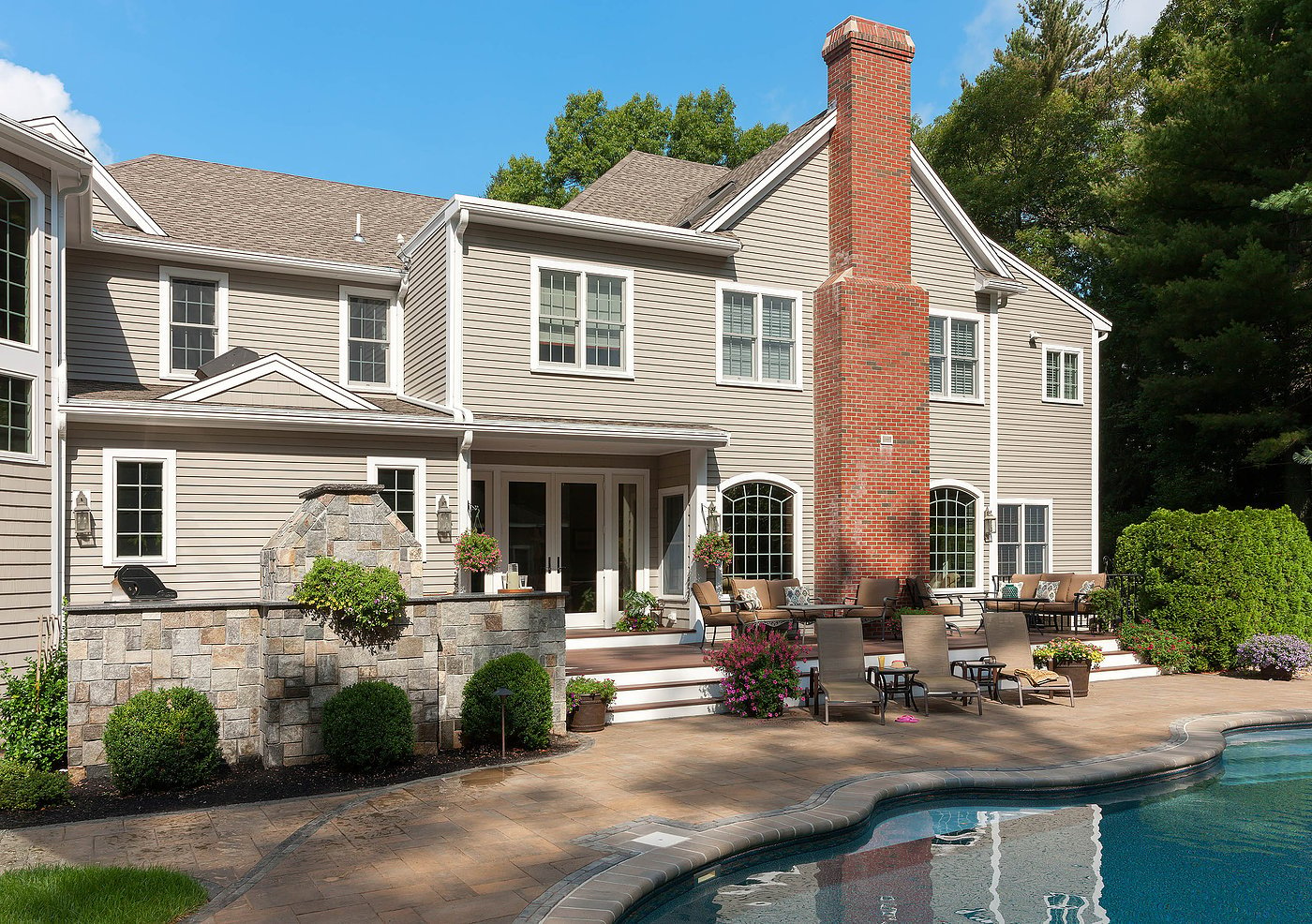
Steps #4 and #5: Consult with a Skilled Builder and Make Needed Repairs
When the inspection finds issues, you will want to bring in a knowledgeable builder that has an established home maintenance service to confirm the assessment and come up with a recommendation to correct it.
For instance, flashing may need to be repaired or replaced. You need a skilled roofer or mason to correct the flashing and get it ready for the roofer to properly weave the flashing into the shingles.
A builder will be able to help fix other problems, like crumbling brick or a deteriorated flue/liner. If the brick is in good shape, the flue can be replaced with flexible stainless steel without rebuilding the chimney. If the brick on the chimney needs to be replaced, a skilled mason can rebuild the chimney with water-struck brick or brick that is then water sealed. The builder will make sure the chimney has correctly installed flashing at all points from roofline to ground level.
A home builder also has access to all of the trades needed to correct the issues and takes responsibility for the whole solution. For example, to correct issues with a chimney and home where you discover flashing and a gap would require a:
- A roofer to fix the flashing between the roofing shingles and chimney flashing.
- A carpenter to remove the siding to expose the gap between the home and the chimney and replace the flashing.
- A painter to paint the siding and seal the chimney to prevent water penetration.
- A mason if there are brick issues that need to be corrected.
- A plasterer if there are issues with the walls and blue board inside the home blistering. They'll need to replace any water-soaked insulation to make the interior wall look brand new. A painter would need to repaint the wall as well.
Getting Back to Chim Chim Cheroo
You don’t have to be a young Dick Van Dyke to appreciate a properly functioning chimney. When you know what to look for and have a qualified chimney cleaner in your contacts list, along with a skilled builder to make the necessary repairs, your chimney will be functioning at top performance in no time.
To learn more about how a home maintenance program can help keep your home running efficiently, download our free ebook, Home Maintenance: This Is How Professionals Do It.


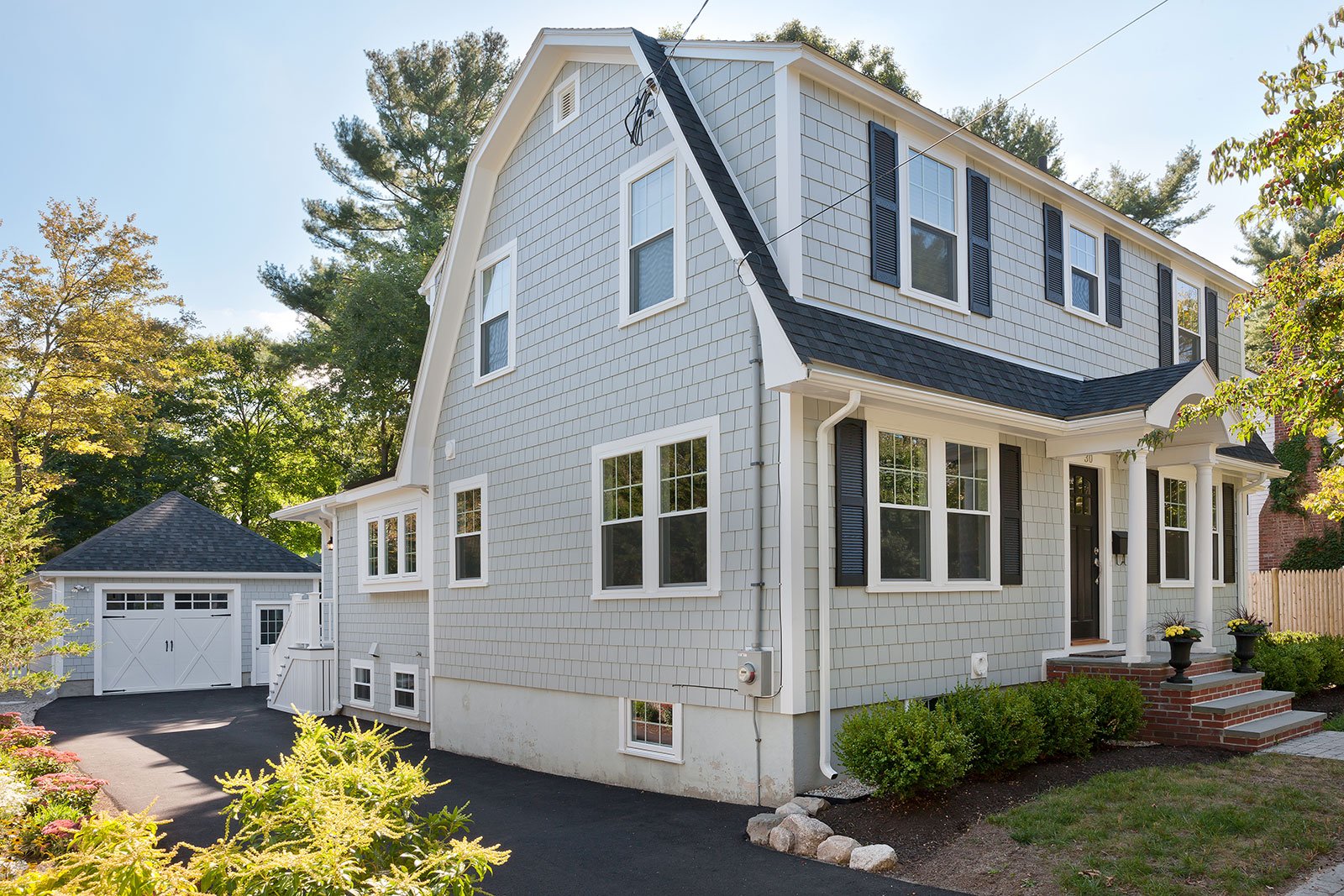
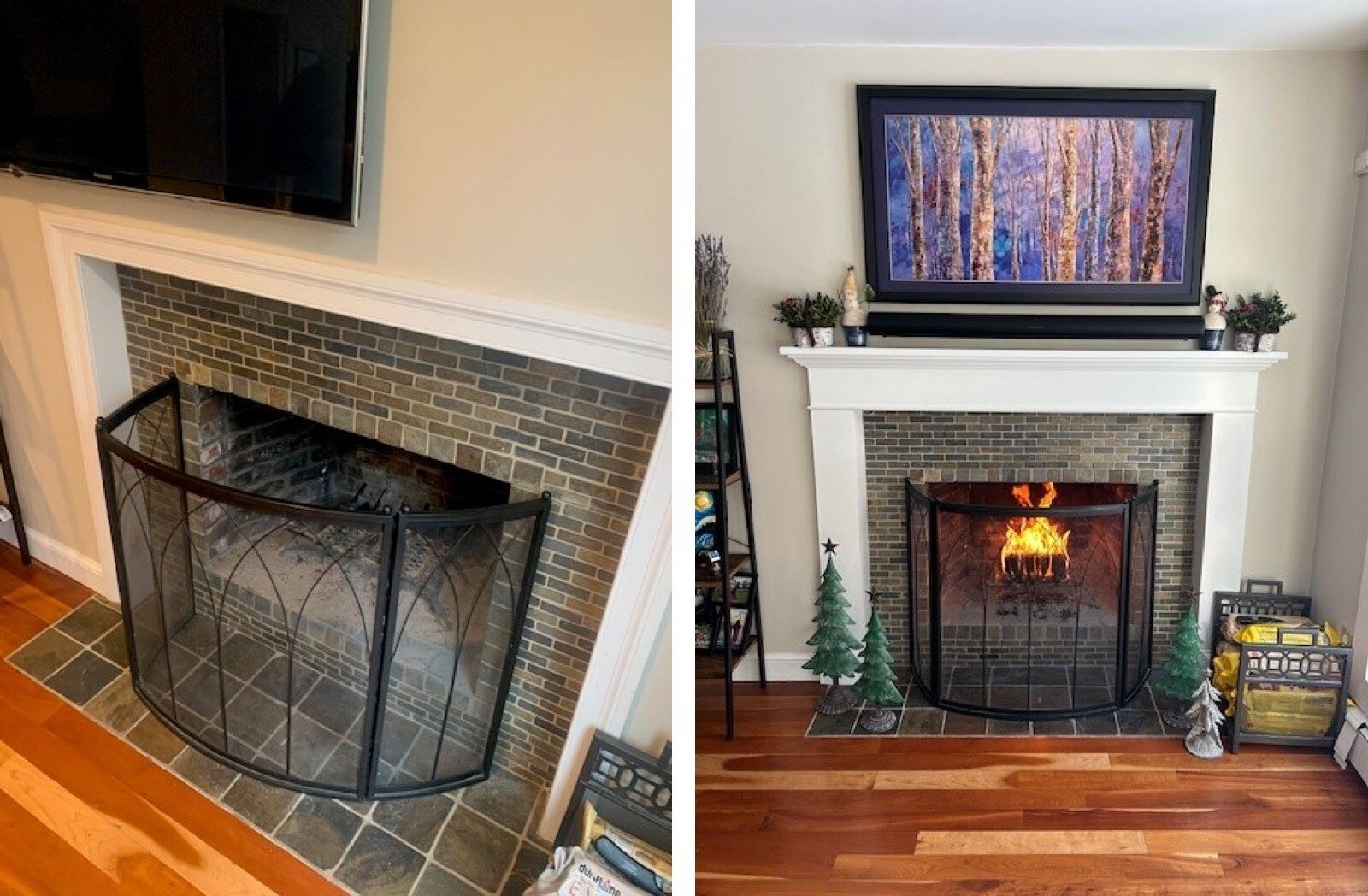
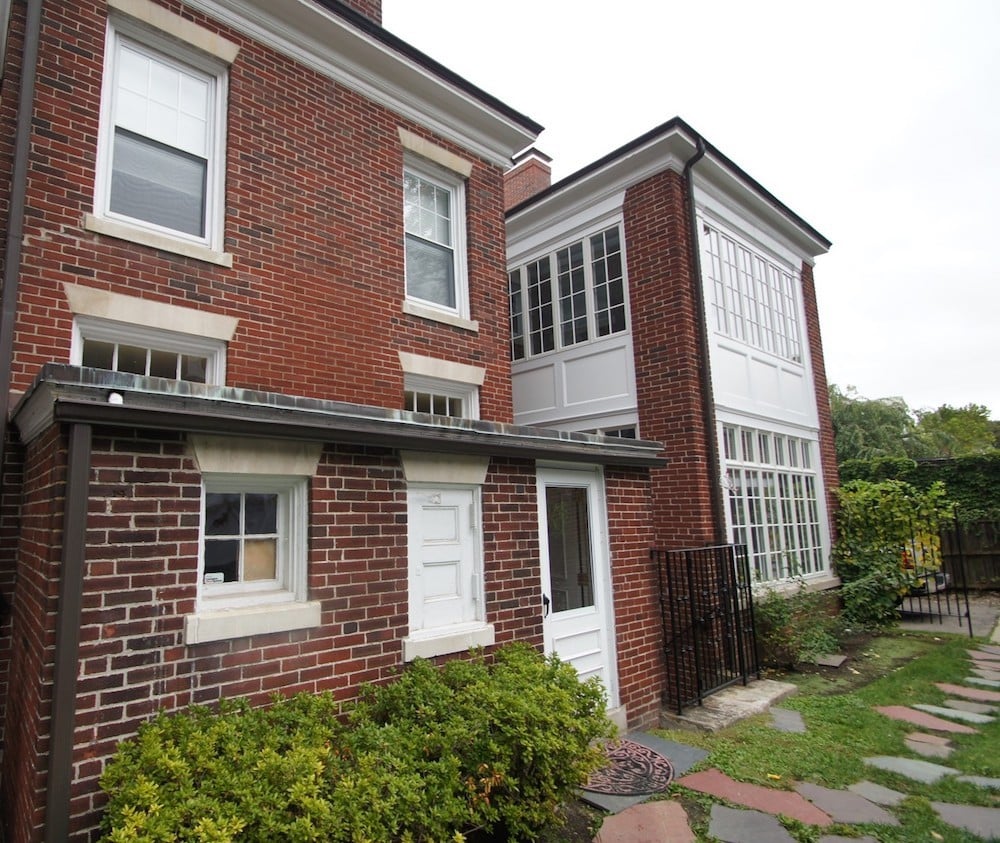
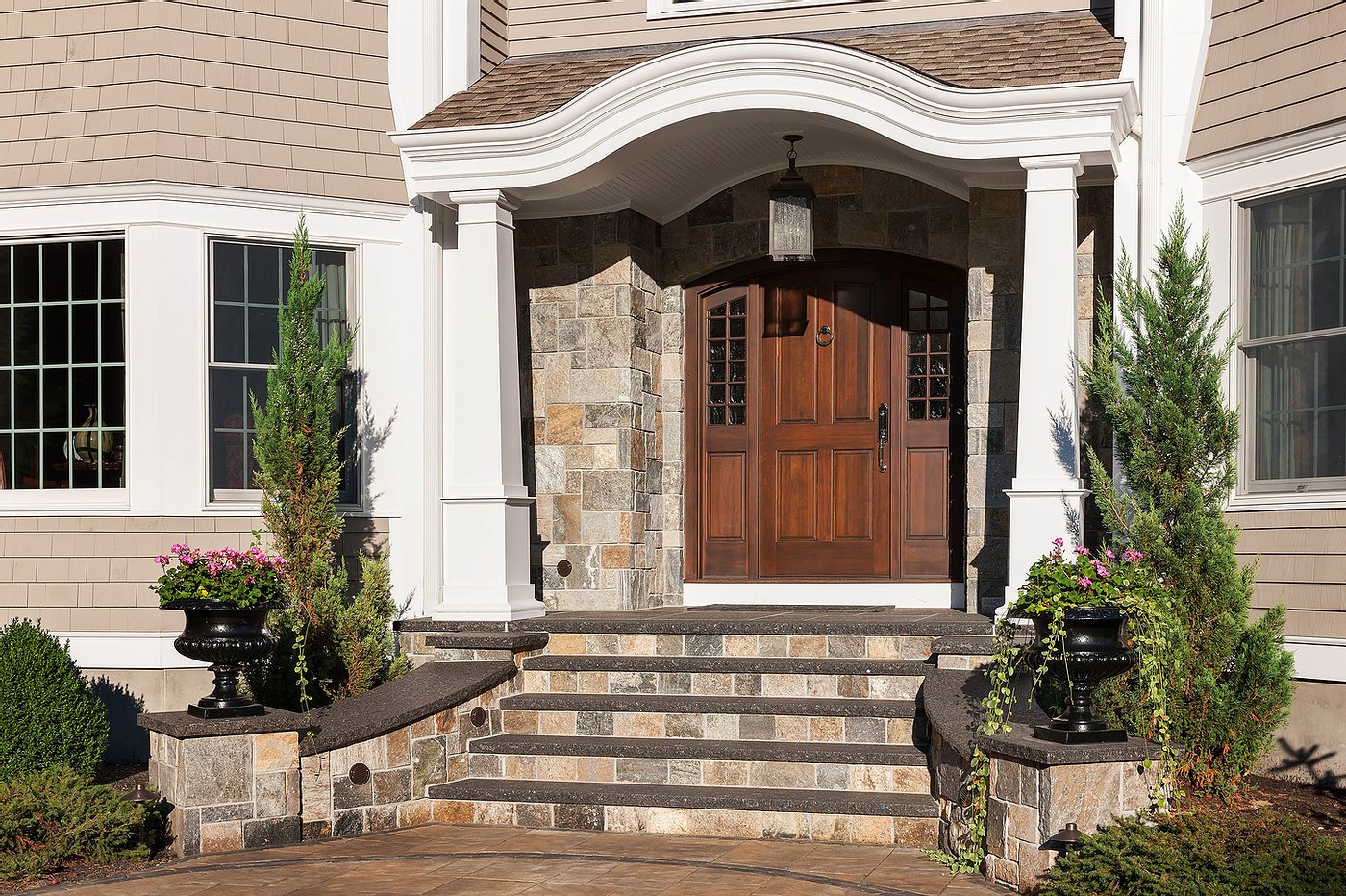
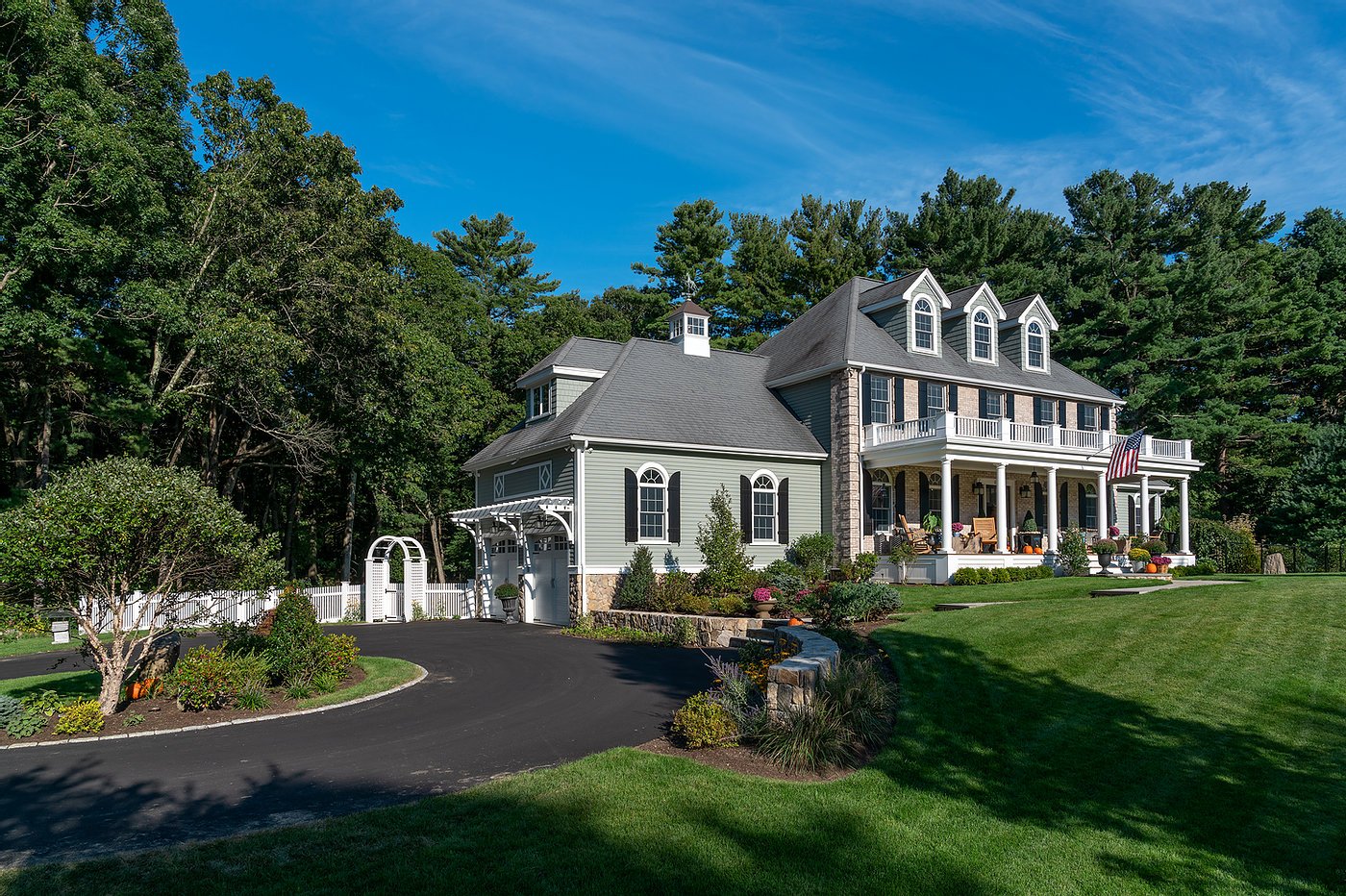
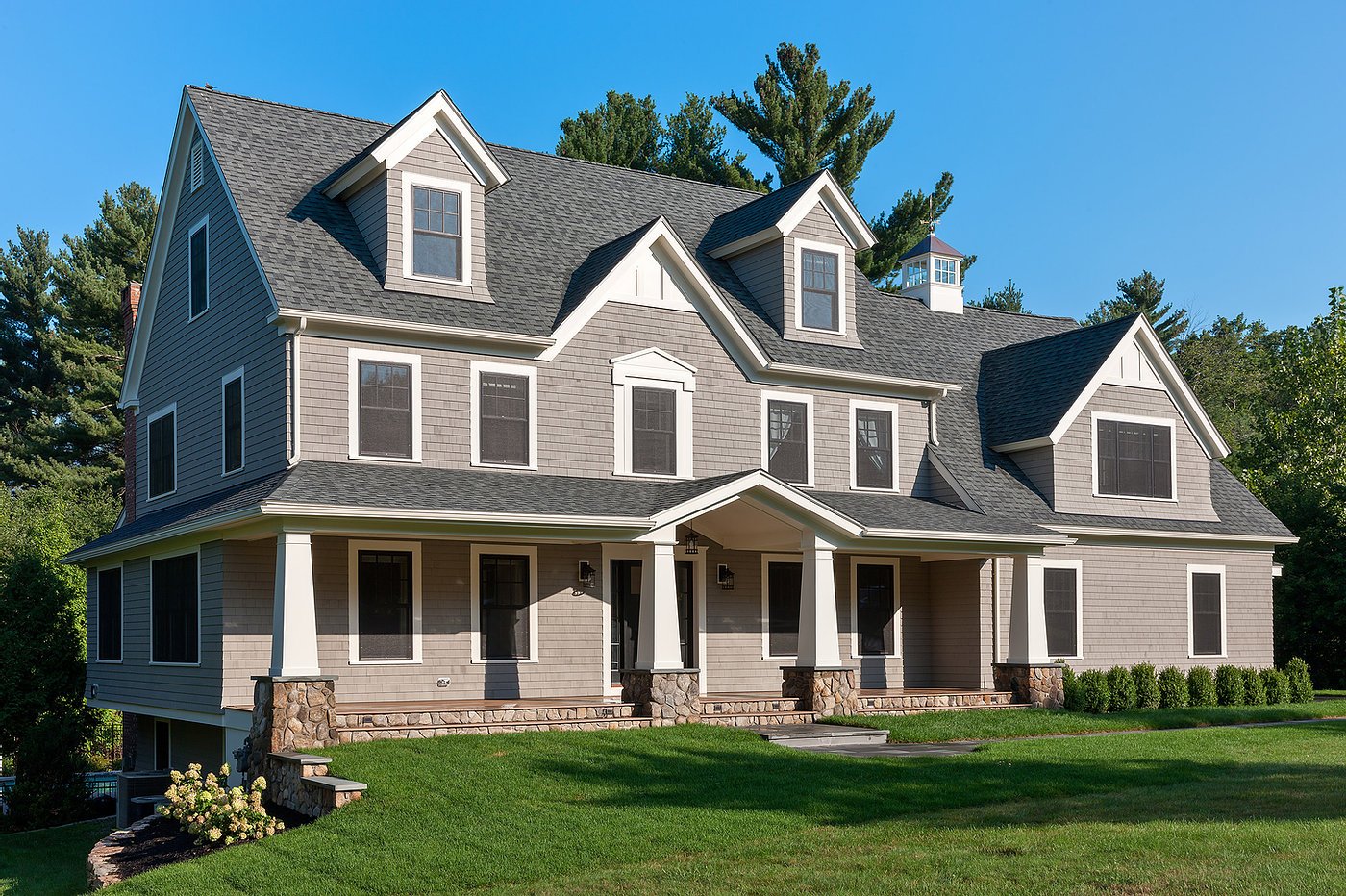
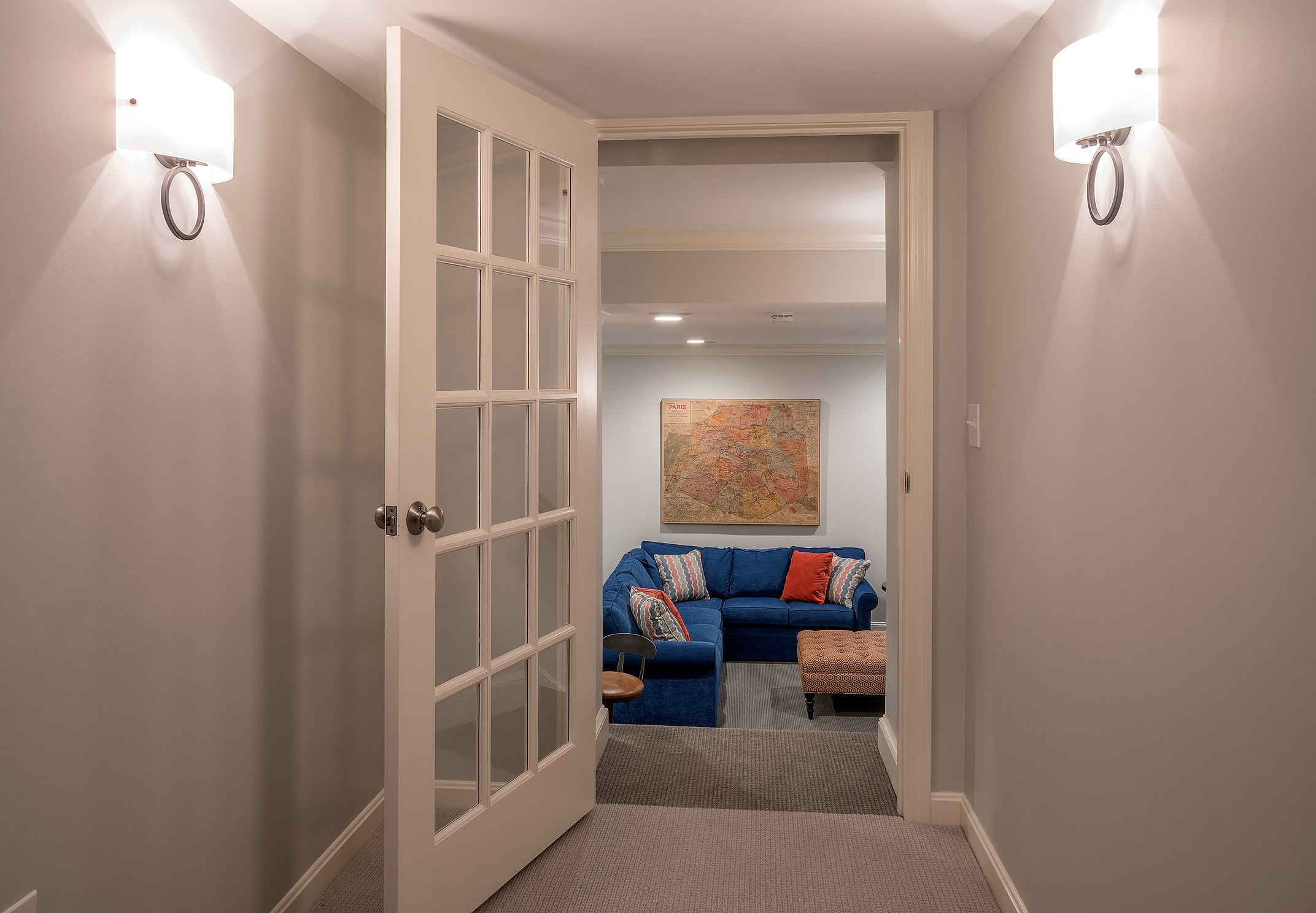
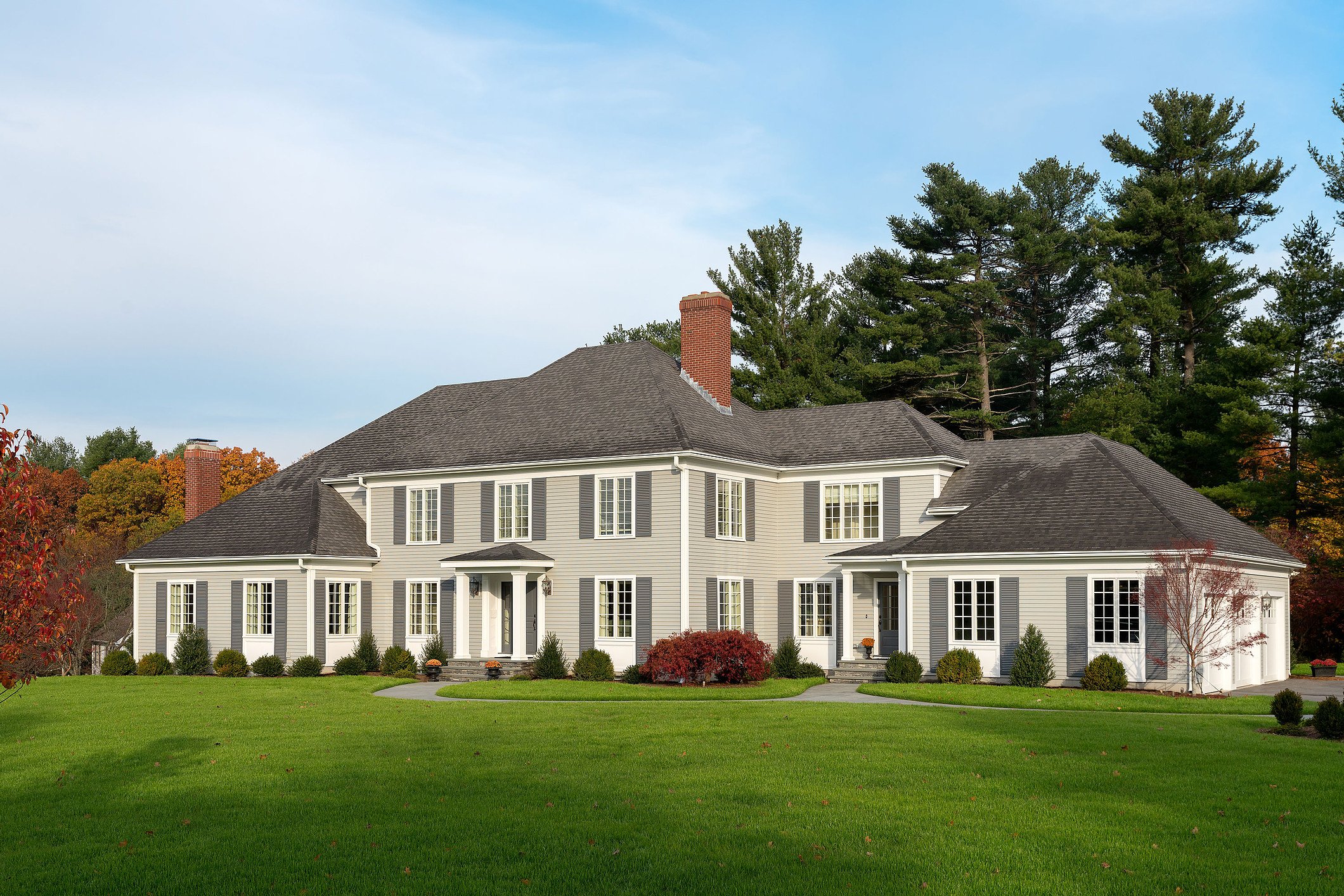
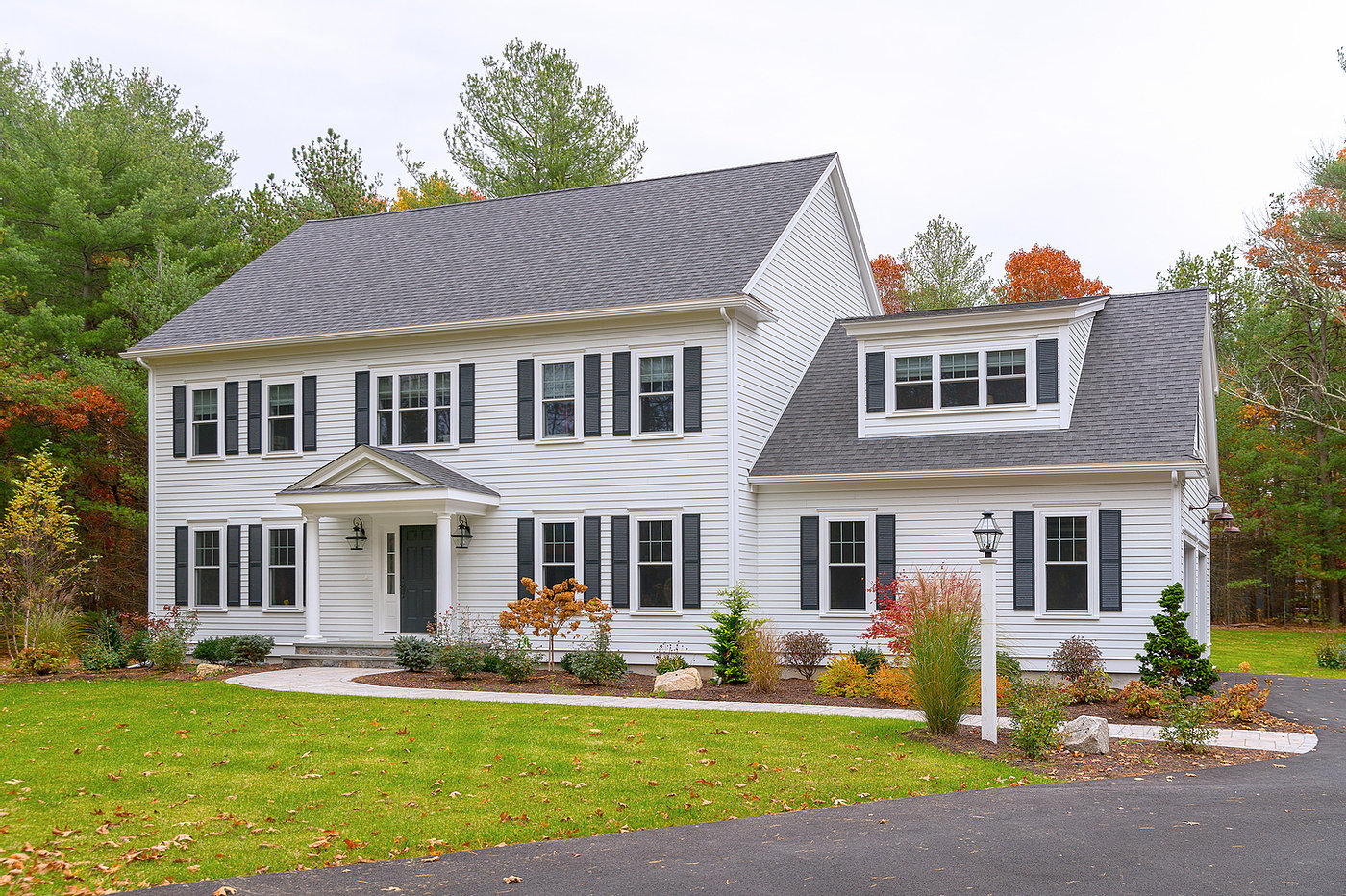
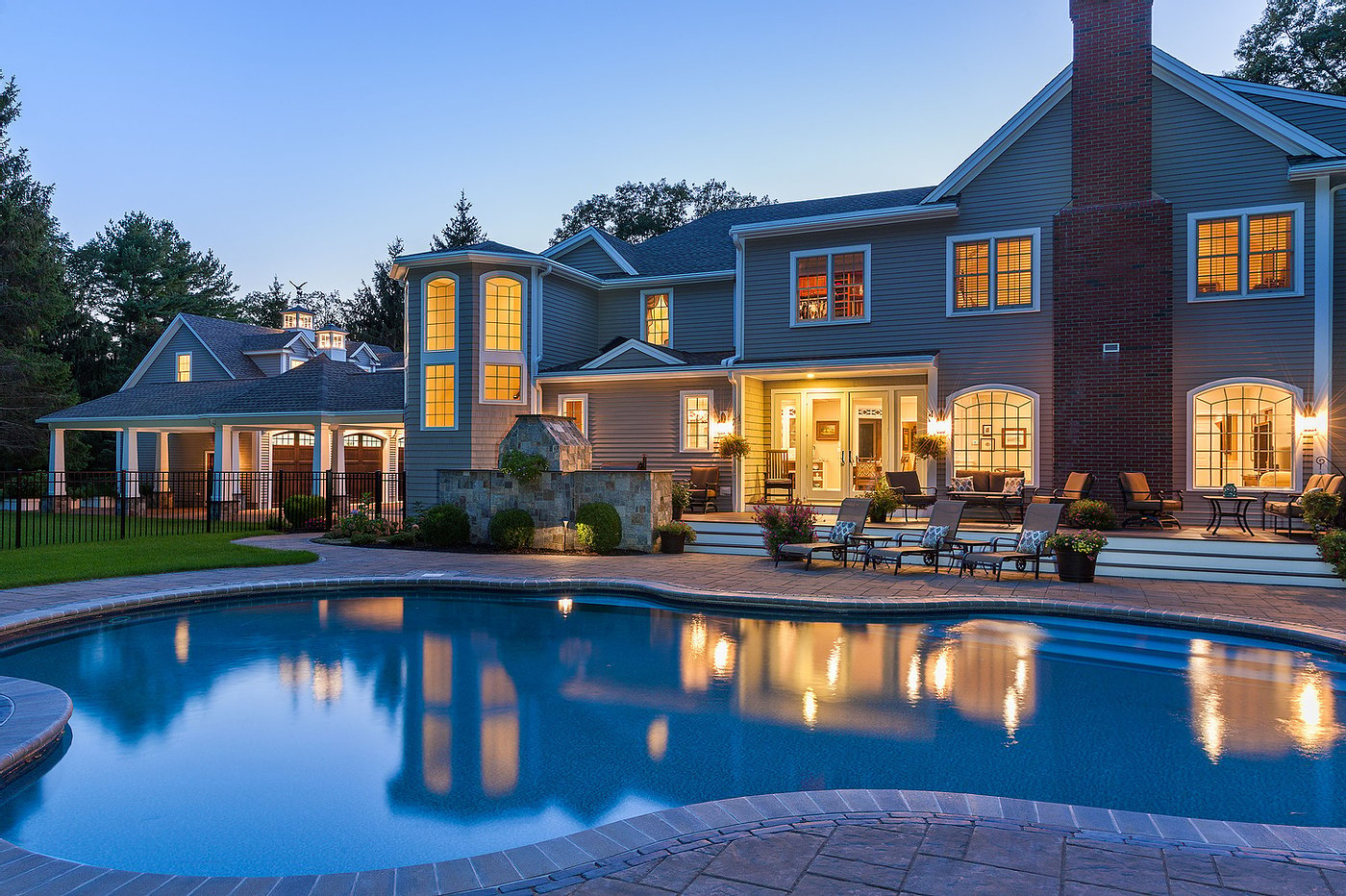
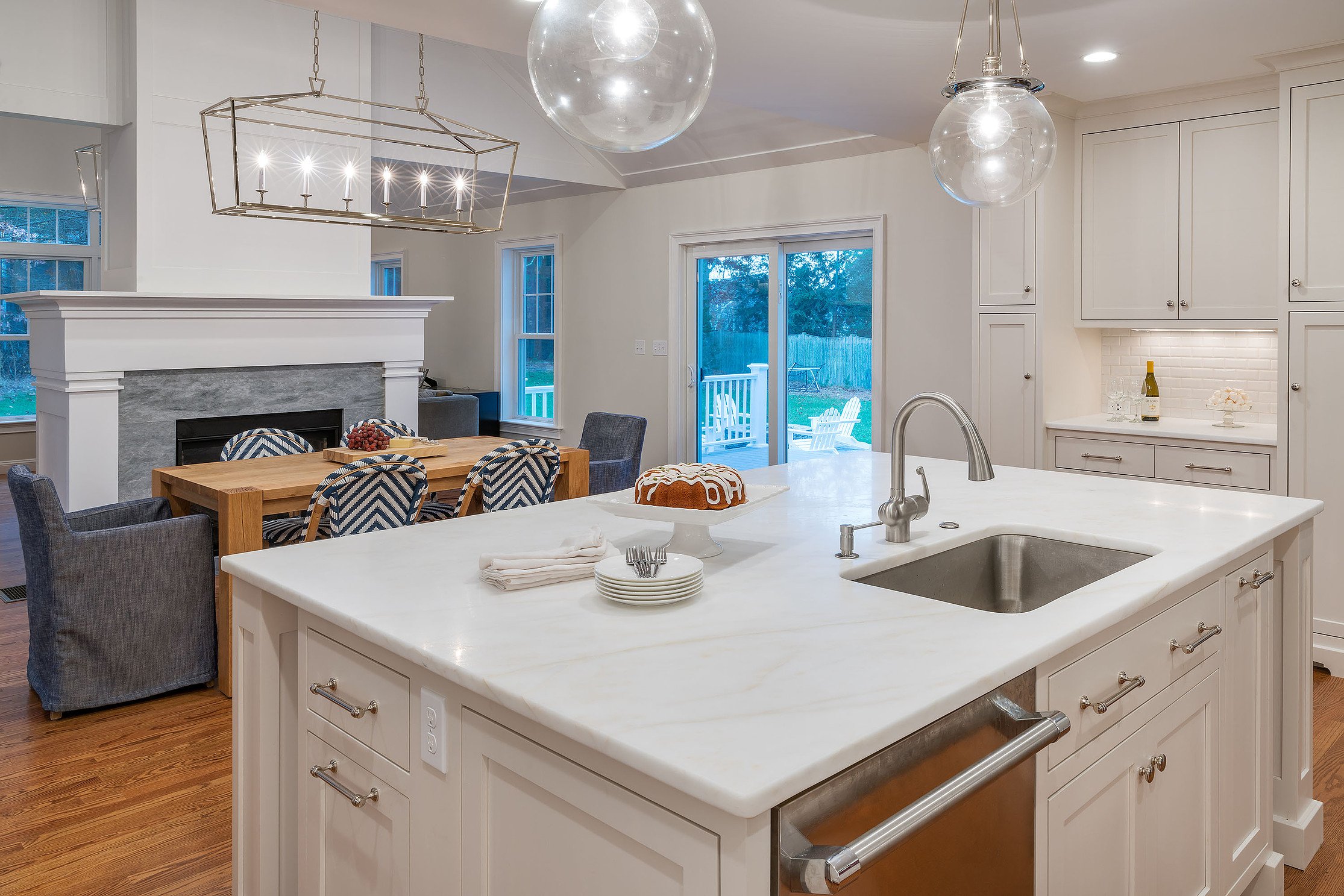
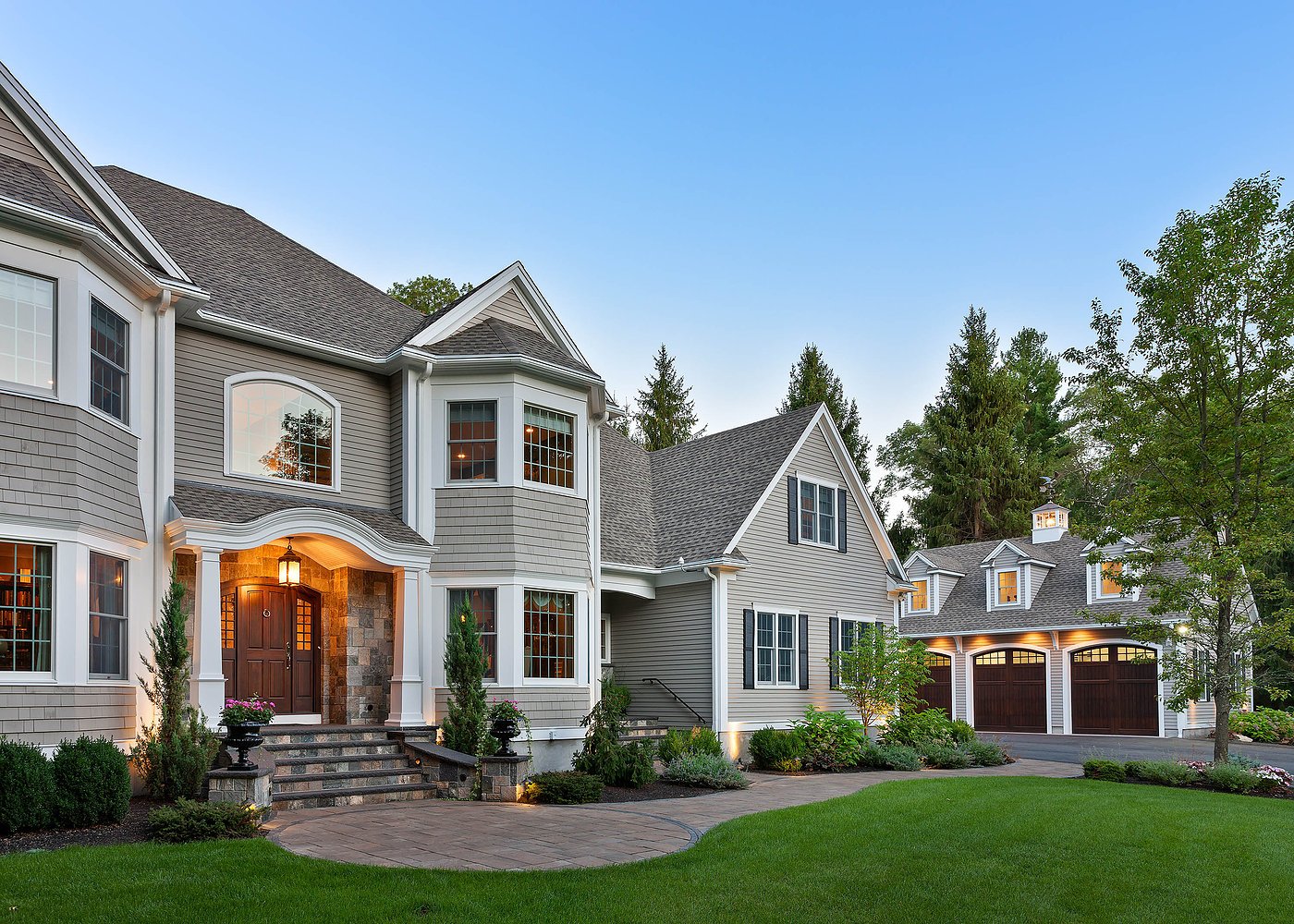
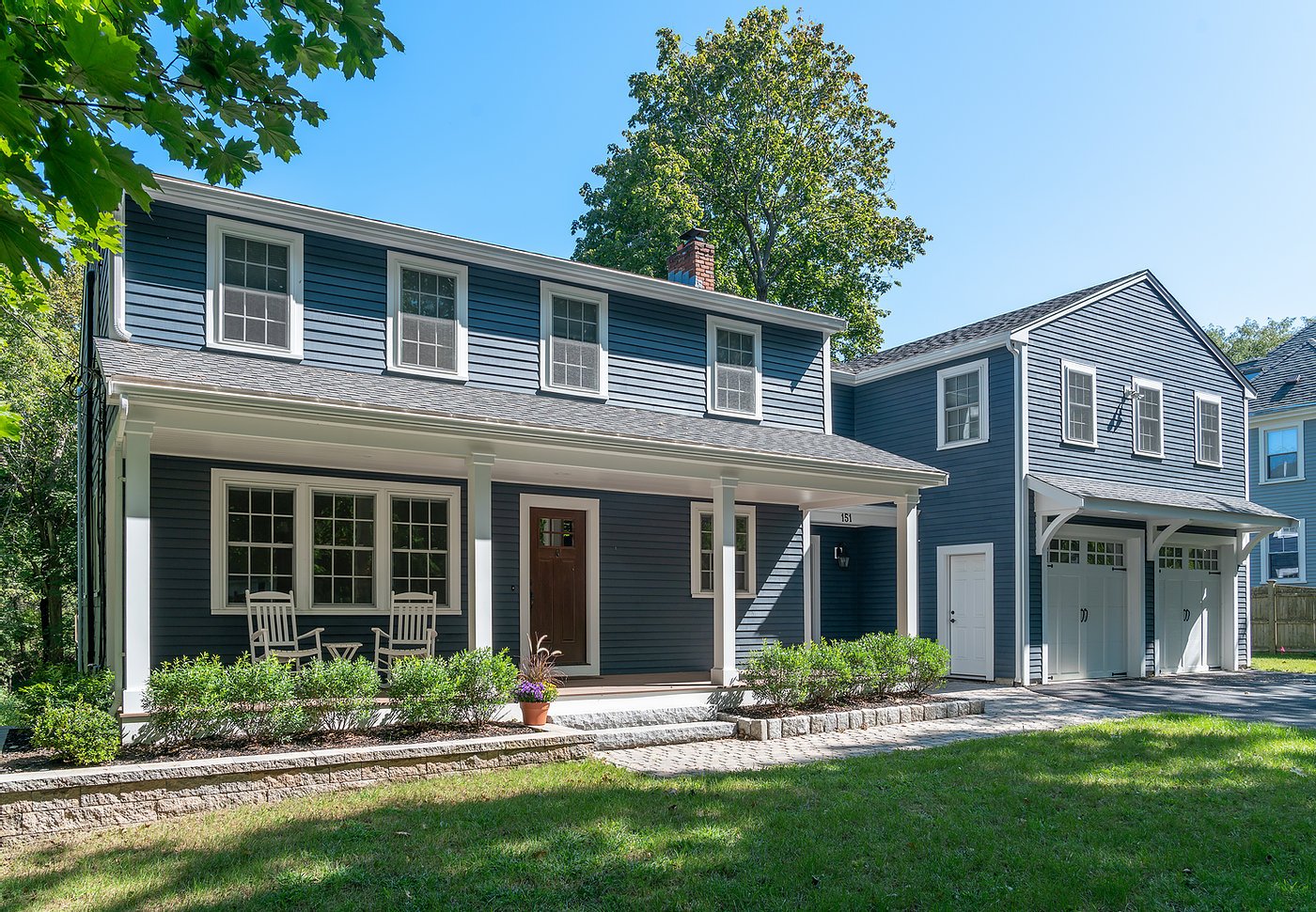
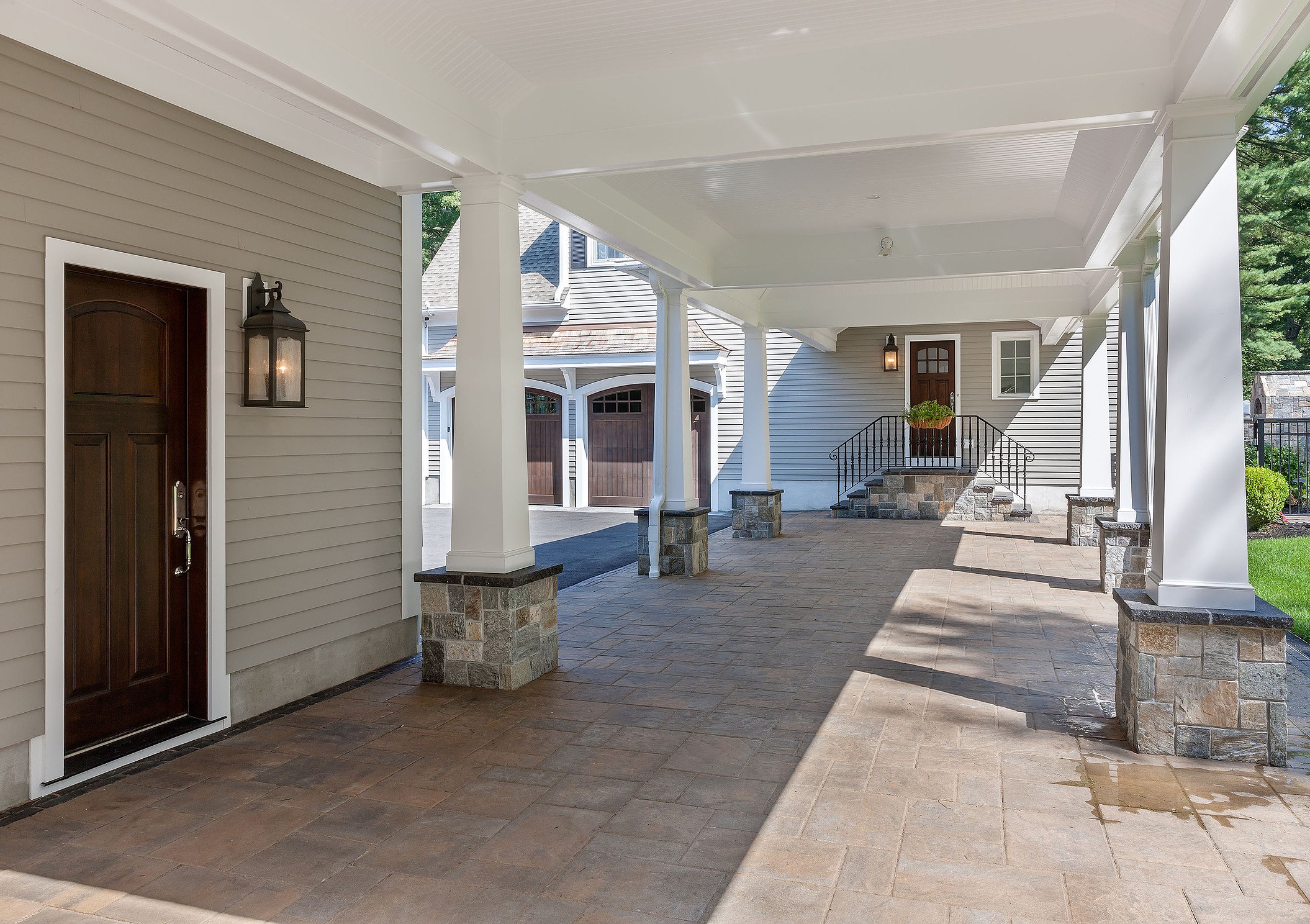
Leave a comment